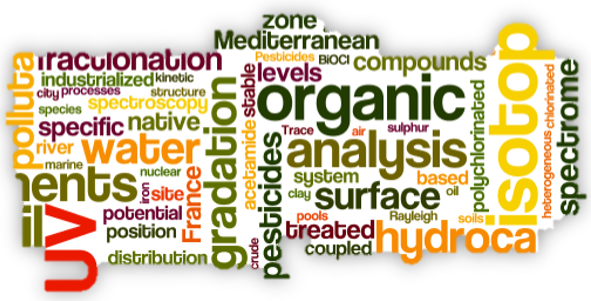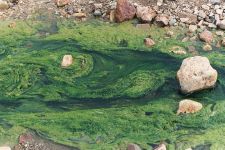
Determine levels of environmental exposure to contaminants
Topics
The 3 research areas of the TRAME team aim to:
- study the bio-physicochemical fate of contaminants (organic, organometallic and inorganic) by focusing work on transformation products and speciation,
- identify the sources of these contaminations (molecular and isotopic approaches)
- developing tools and methodologies (for laboratory and in situ measurements) necessary for their quantification and monitoring (spatial and/or temporal) in natural and man-made environments in order to make a major and integrated contribution to the consideration of pollution ("cocktail" effect).
These themes are clearly underpinned by green chemistry and the notion of sustainable development. They are related to "societal" issues, directly related to the environmental impact of micropollutants and environmental management policies.
These three axes feed on each other since the study of occurrence, transfer and reactivity requires the development of appropriate methodological and analytical tools and that metrological developments require the acquisition of knowledge in environmental chemistry in order to target analytical needs.
Numerous linkages are being set up with biologists, ecotoxicologists and toxicologists. Issues of environmental exposure and/or potential transfers of contaminants are addressed with a focus on ecotoxicity and/or induced toxicity that will impact living organisms or even humans. The objective is to relate the contamination identified (incriminated pollutants and doses) with ecotoxic or toxic effects measured through bioassays.




